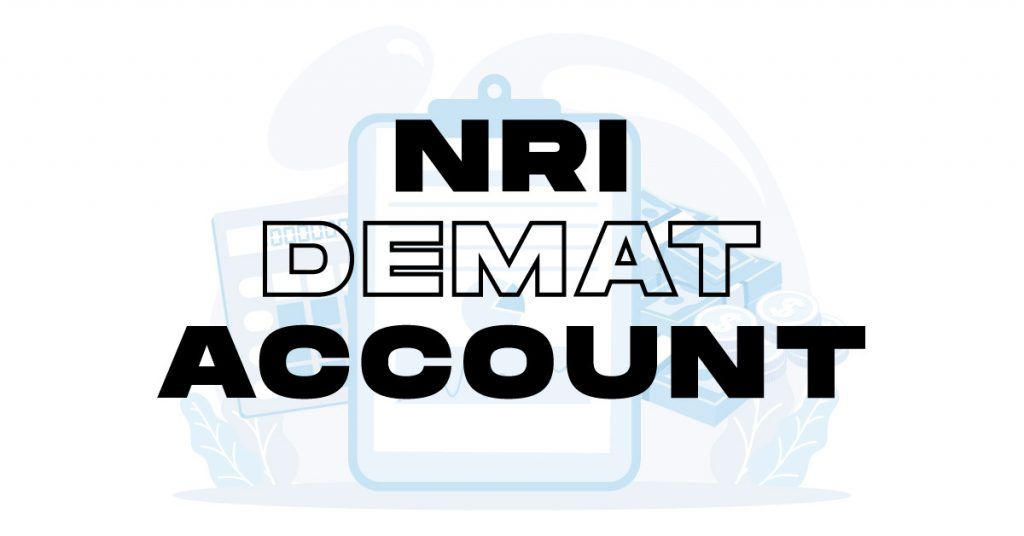What are DRHP and RHP in IPO?
Written by Upstox Desk
Published on July 31, 2025 | 7 min read

Remember giving prelims before board exams? If yes, then you already know the difference between Red Herring Prospectus (RHP) and Draft Red Herring Prospectus(DRHP).
For a company to run its operations smoothly, it needs access to a decent amount of funds or capital. There are two ways of raising capital one is from the public at large, and the second is from a defined group of persons.
When a company raises capital through the public at large, it is carried out through Public Offer. On the other hand, it is called Private Placement of Securities when it is raised from a defined group of people or its inner circles like family or friends. However, only a public company can raise funds through Prospectus/Public Offer. There are other modes also by which a company can add funds in the name of capital, like a right issue, debt funds, etc.
What is a prospectus?
In very simple words, a prospectus is any document issued by a company that intends to invite the public to subscribe to its securities to raise capital.
A prospectus must include all the relevant information for the investors to make risk analyses before investing, including basic details about the company and securities. It includes information such as the company's name, the principals involved, management experience, its involvement in business, briefing of the company's background, its promoters, the objective of raising funds through IPO and other financial information.
A prospectus has to be issued by a company for its upcoming invitation, either through IPO, FPO, or OFS.
There are various types of prospectus; red herring, draft red herring, shelf, deemed, and abridged prospectus. This article will explain the difference between a red herring and a draft red herring prospectus.
Before diving deep into the topics, we need to understand what an IPO is, i.e. Initial Public Offer.
Whenever an unlisted company offers its shares or securities for sale for the first time to all the individual and institutional investors interested in investing in the company, the company is said to bring its IPO. The primary purpose of an IPO is to expand the company's operations, interest diversification and exploit the potential of the company. For raising capital through an IPO, companies must fulfil all the regulations imposed by SEBI.
What is a Red Herring Prospectus?
A red herring prospectus is a preliminary prospectus, or we can say the first prospectus, which has to be filed with SEBI, usually in connection with the company's initial public offering (IPO). It contains the majority of information on the operations and future prospects of the company. Still, it does not contain critical facts about the security offering, such as the price and the number of shares being issued. It is to be filed with the registrar at least 3 days prior to the opening of the subscription list and the offer.
Through RHP, investors can understand how the company will utilise the money raised and the possible risk attached to it. RHP contains details about the total number of shares offered through the fresh issue, company's capital structure, utilisation of funds being collected, company's future prospects, current business description along with future goals, product level-market level strategies, risk factors affecting the company, promoters, management of the company and its dividend policy as well.
What is a Draft Red Herring Prospectus, i.e. DRHP?
Due to a large number of IPOs launching in India nowadays, investors might find it a bit confusing to select the proper or the right fit IPO they can invest in for their financial goals. Here comes the role of a DRHP which helps investors analyse the company's true potential and the risk-reward they offer.
A non-finalised or draft kind of version of RHP is called a DRHP/Offer Document/Preliminary Registration Document. It is to be filed with SEBI before IPO, and once SEBI confirms/approves it or recommends changes in it, the final version is called RHP. It is a type of preliminary legal prospectus serving as a type of linkage between potential investors and the company.
Differences between DRHP and RHP
There is not much difference between a red herring prospectus and a draft red herring prospectus except for some legalities. The main difference lies in the perspective of an investor's analysis before investing in a company. Let's understand the necessary aspects that differentiate RHP from DRHP:
- Meaning - A RHP is a finalised prospectus filed with SEBI while an IPO of a company is being made. In contrast, DRHP is a non-finalised version of RHP, which is created to offer a deeper understanding of companies objectives and reasons behind the company raising capital.
- Content - RHP contains full details about IPO, which an investor must know about the company. Along with the details about the number of shares being offered and the price at which they are offered. But, DRHP contains detailed information helpful enough to the investors in choosing the right IPO among many by analysing the different aspects of the company. The DRHP document outlines the company's financial goals, how the money will be used, and any associated risks. It does not, however, contain particulars about the size of the issue or the specifics of the price or number of shares the company offers.
- Usage - DRHP is shared by the company only at the time of IPO, i.e. before going for the IPO. But any company which is already declared as a public company and going for an FPO has to file RHP only.
- Availability - A RHP is available at the official website of SEBI in the "Offer Document" section. After submitting the RHP to SEBI, the issuing business must also publish a notice in at least one newspaper. DRHP of a company is available on various portals like the company's website, merchant banker website, stock exchange websites or SEBI website.
RHP and DHRP are essential documents to analyse while making an investment decision. After analysing the information contained in DRHP, SEBI instructs some changes before registering finalised RHP. You can compare those changes which might be material for the fulfilment of your financial objectives.
RHP and DRHP is a material document that has to be submitted to the concerned authority regarding investment offering. Analysis of the document is essential to understand the risks involved in purchasing securities or funds. Risks are typically highlighted in the prospectus early on and then described in greater detail later on. Investors must examine the firm's financials to ensure that it is financially secure enough to fulfil its obligations when the company raises money through the sale of stocks or bonds.
Frequently Asked Questions (FAQs)
Q. How do you receive the red herring prospectus of the company?
An RHP can be found on SEBI's official website. To see it, navigate to the "Offer Document" section. After submitting the RHP to SEBI, the issuing business must publish a notice in at least one newspaper.
Q. Is RHP an essential document for investors to read?
A company that wants to raise capital by issuing IPO files a red herring prospectus. It is an important document to read as an investor as it includes all the relevant and material information relating to an IPO, like allotment date, business risks, a necessary disclosure of the company, band price of IPO, etc.
Q. What is the difference between DRHP and RHP?
In order to make a first-time public offer for the sale of its shares, a firm must prepare and submit a Red Herring Prospectus to SEBI (Securities and Exchange Board of India). A DRHP is a draft version of an RHP. It is made before the complete prospectus is finished.
Q. Is reading DHRP necessary for an investor?
A company that intends to raise capital from the public must submit a Draft Red Herring Prospectus, also known as an offer document, which contains comprehensive information on its operations and finances. Thus, it would help if you read DRHP to analyse whether to invest in such a company or not.
About Author
Upstox Desk
Upstox Desk
Team of expert writers dedicated to providing insightful and comprehensive coverage on stock markets, economic trends, commodities, business developments, and personal finance. With a passion for delivering valuable information, the team strives to keep readers informed about the latest trends and developments in the financial world.
Read more from UpstoxUpstox is a leading Indian financial services company that offers online trading and investment services in stocks, commodities, currencies, mutual funds, and more. Founded in 2009 and headquartered in Mumbai, Upstox is backed by prominent investors including Ratan Tata, Tiger Global, and Kalaari Capital. It operates under RKSV Securities and is registered with SEBI, NSE, BSE, and other regulatory bodies, ensuring secure and compliant trading experiences.

























